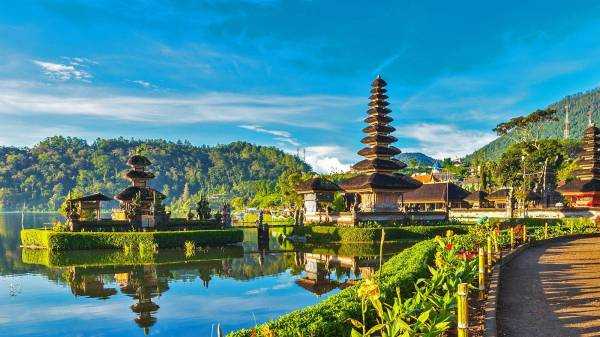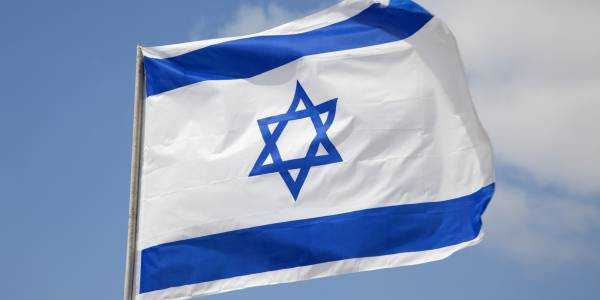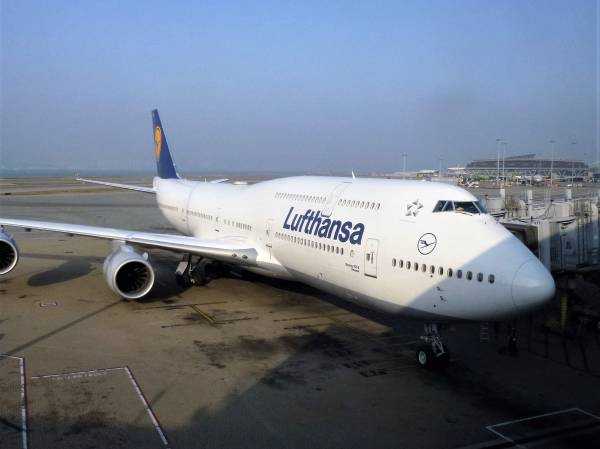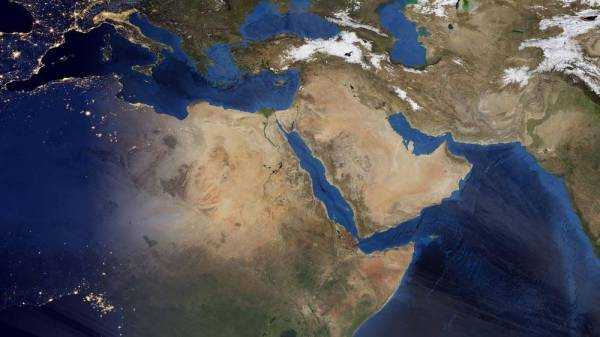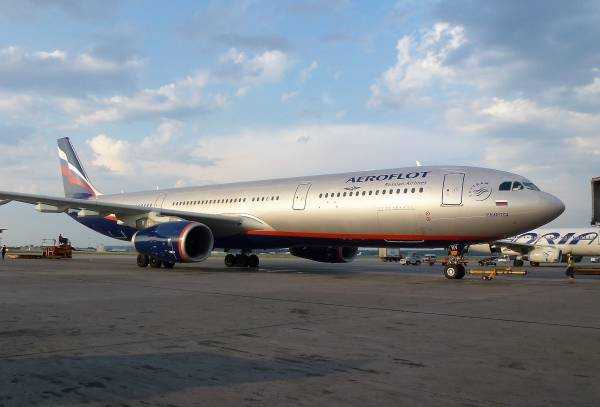Iran, Türkiye, Azerbaijan
A virtual tour of selected pavilions of the world exhibition EXPO-2015, which took place in Milan. Today we have neighboring countries on our program: Turkey, Iran and Azerbaijan. However, these countries are related not only by their geographical proximity: the pavilions of the three countries were not very far from each other. All the pavilions were located on the main alley of the exhibition, had a considerable area and showed the most up-to-date design with an ethnic component that they could come up with.
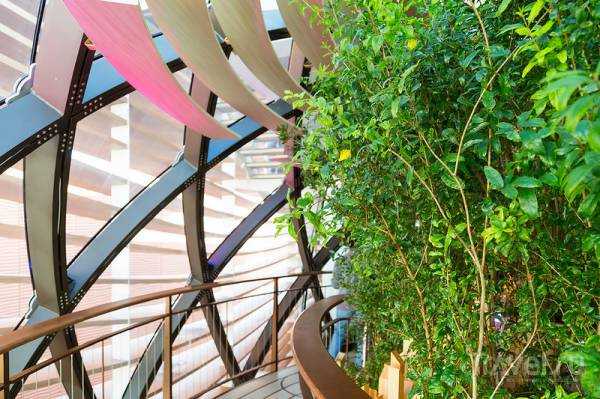
Let's start the review, perhaps, with Turkey. Unfortunately, the volume of the post is not infinite, so I will have to keep silent about a lot or say it without providing an illustration for the statement, I hope that readers will understand the problem and, so to speak, will understand the situation, fortunately, a huge amount of material has accumulated.
The first thing that slightly shocked me about the Turkish pavilion was that its creators completely abandoned... walls and a ceiling! In one of the following posts, I will show how one popular pavilion abandoned... the floor, but for now we are talking about Turkey. When I first saw the Turkish pavilion, I thought that it was just some kind of park, or an advanced playground, but no, it is a pavilion.

Inside the pavilion you feel like you are in a park, despite the large number of people.
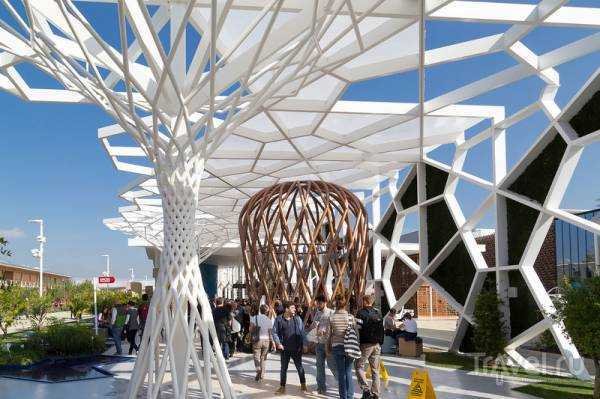
Meandering between Turkish art objects, I finally came to the traditional information stand. There it turned out that modern (!) Turkey is almost the birthplace of settled agriculture, and food production on their territory has been going on for about 10,000 years. Reports on agriculture are interrupted by historical dates, when modern Turkey was part of the Roman Empire, then the Romans-Byzantines, or they somehow got by themselves.
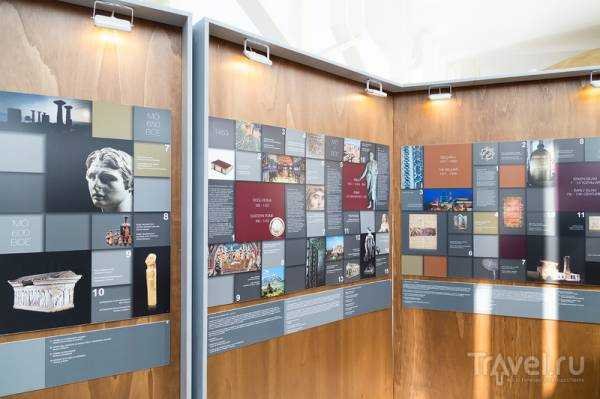
This is how one of the columns was faced... What a beautiful azure!
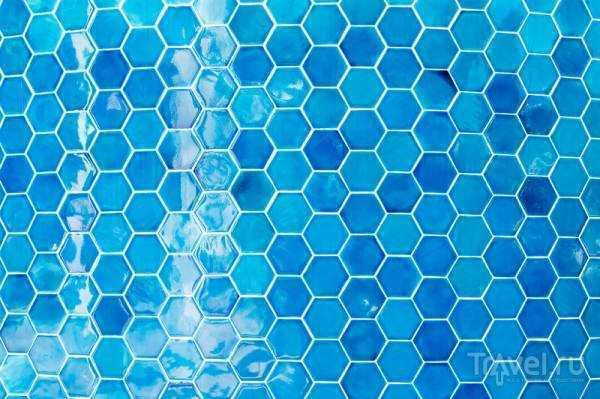
As entertainment for tourists, the pavilion had a small restaurant and a doner production area, where the queue never dried up, fortunately, it was problematic to find an analogue of Turkish shawarma in terms of weight and variety of fillings at a price of 5 euros. For those who waited in line for a doner, special rotating mirror drums were built, which were wildly popular with selfie lovers.
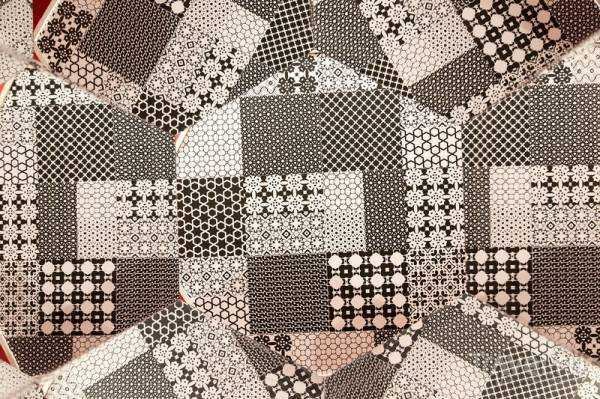
This is what the “roof” and “bottle” of the Turkish pavilion looked like from the height of the US observation deck (the containers were supplied by Monaco, which was unable to show anything even remotely interesting)
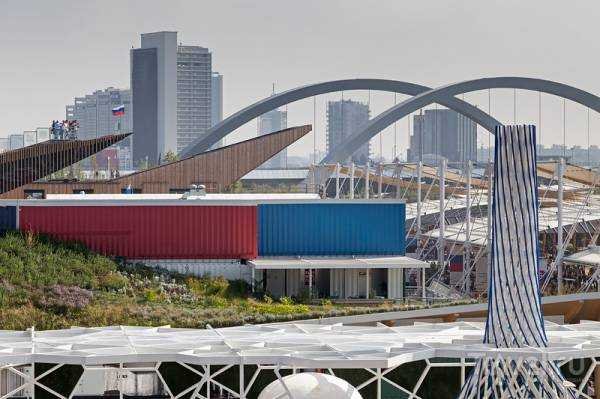
The Turkish pavilion looked even more interesting at night.

However, the Turkish pavilion was more designed for the artistic wow effect than for informing about its product potential.

The Turks' eastern neighbors, the Iranians, are a different matter. They erected a very large pavilion right across from the US and created something like the Hanging Gardens of Babylon there. And their country's logo turned out quite well.

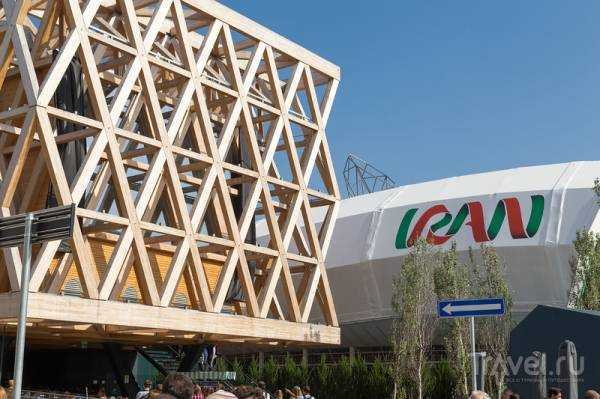
The main exhibition of the pavilion was a kind of vegetable garden where key agricultural crops for Iran grew.


Projected onto the walls were some pictures of Iran's history, its agricultural traditions and the country's importance in global food production.
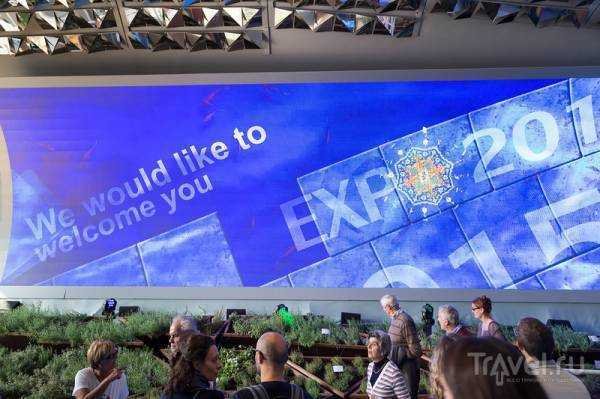
Downstairs, the Iranians equipped a large and never empty Persian restaurant, and also made something like a lounge zone, in which a special role was given to Iranian black caviar, which, however, was not sold. But on the walls were very funny and quite modern posters from the series "take care of nature - your mother".
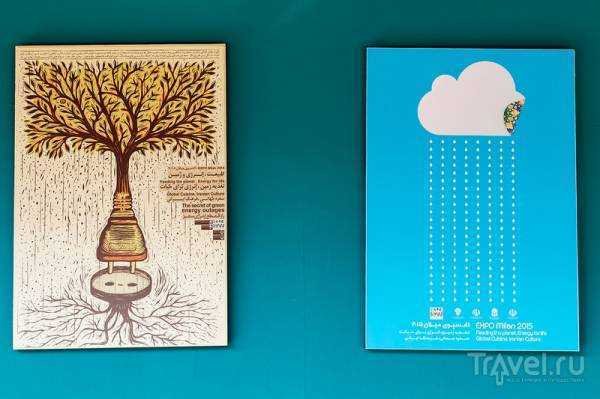
But the Azerbaijanis outdid them all. They focused not so much on products as on the electronic and digital design component. And visitors appreciated this; the line to the Azerbaijani pavilion was probably the longest of all the post-Soviet states. What did the Azerbaijanis show the world?

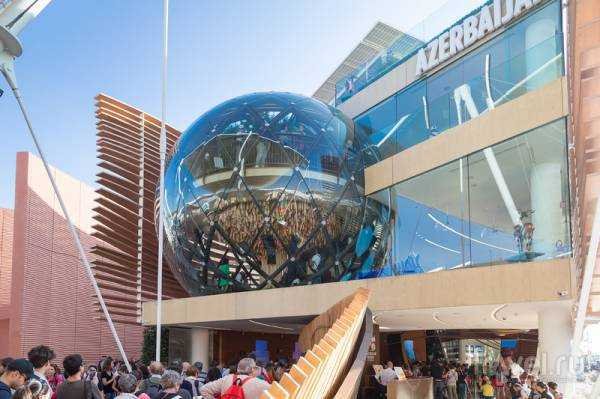
The main thing was the reception, where they put the pavilion's seals. Then - something musical. It was hard to find such a number of built-in projectors and screens per square meter of space.


First floor hall

The main design feature of the pavilion was electronic flowers that changed the intensity of their own brightness.





Many citizens moved their hands over the flowers, which caused some melodies. I never understood whether touching the “flower” activated the melody, or something else. But everyone present moved their hands over them.
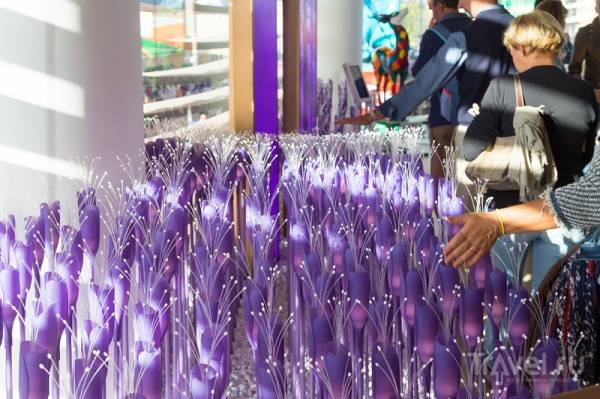
View of the hall from the second, “flower” floor
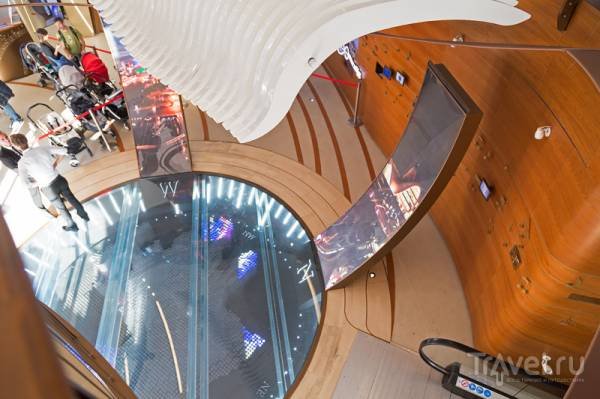
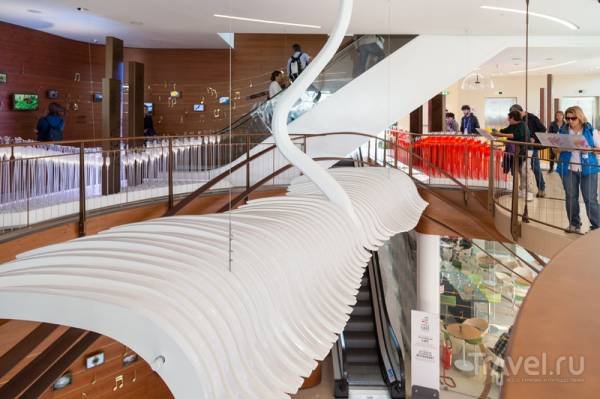
It was said that the Azerbaijan pavilion was designed by Zaha Hadid, who designed the Heydar Aliyev Center in Baku, but this information was not confirmed on the website of her architectural bureau. However, even without her, it turned out cool. Pay attention to the crowd at the pavilion - this is about the first third of the queue.

Another interesting feature is that glass ball from the facade. It is intricately arranged and cleverly illuminated. The attached screens showed people who are engaged in agriculture or are ready to do so.


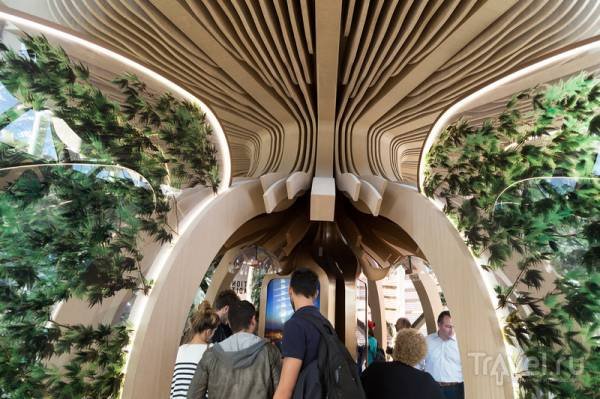

Oh, and the Azerbaijanis didn't forget about food. First, they had a nice but expensive restaurant downstairs, and on the third level there were large touch screens with information about agriculture and ready-made Azerbaijani dishes. It was done in style.
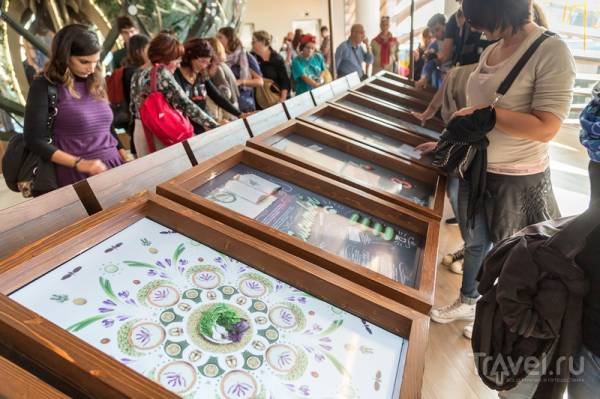

Pickles!
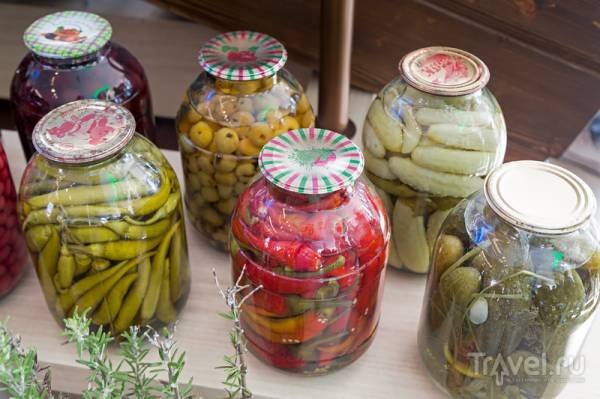
Take a closer look at one of the lids of the canned vegetables… What is written on it? 🙂

And the final touch to all this beauty was the shimmering and rotating map of Azerbaijan.

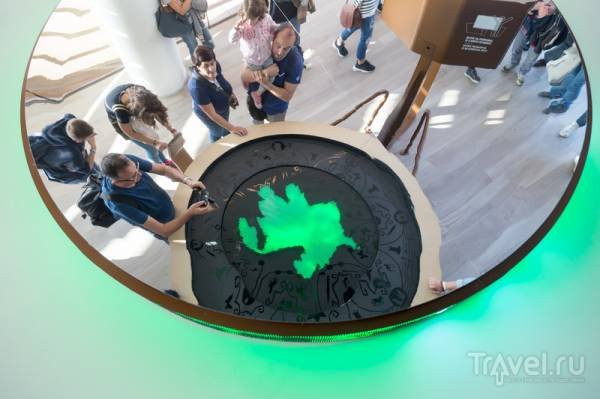
In general, everyone tried their best: the Azerbaijanis, the Turks, and the Persians. Well done!
And next time we will have... Well, for example, the USA, Poland and Hungary. Or, for example, Oman, Indonesia, Nepal.
Source: travel.ru

